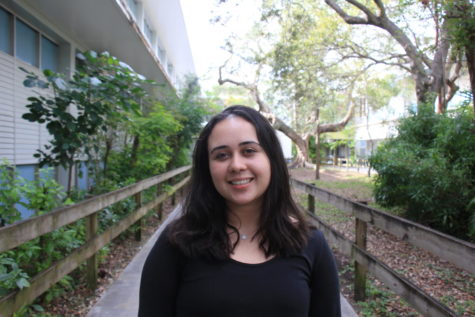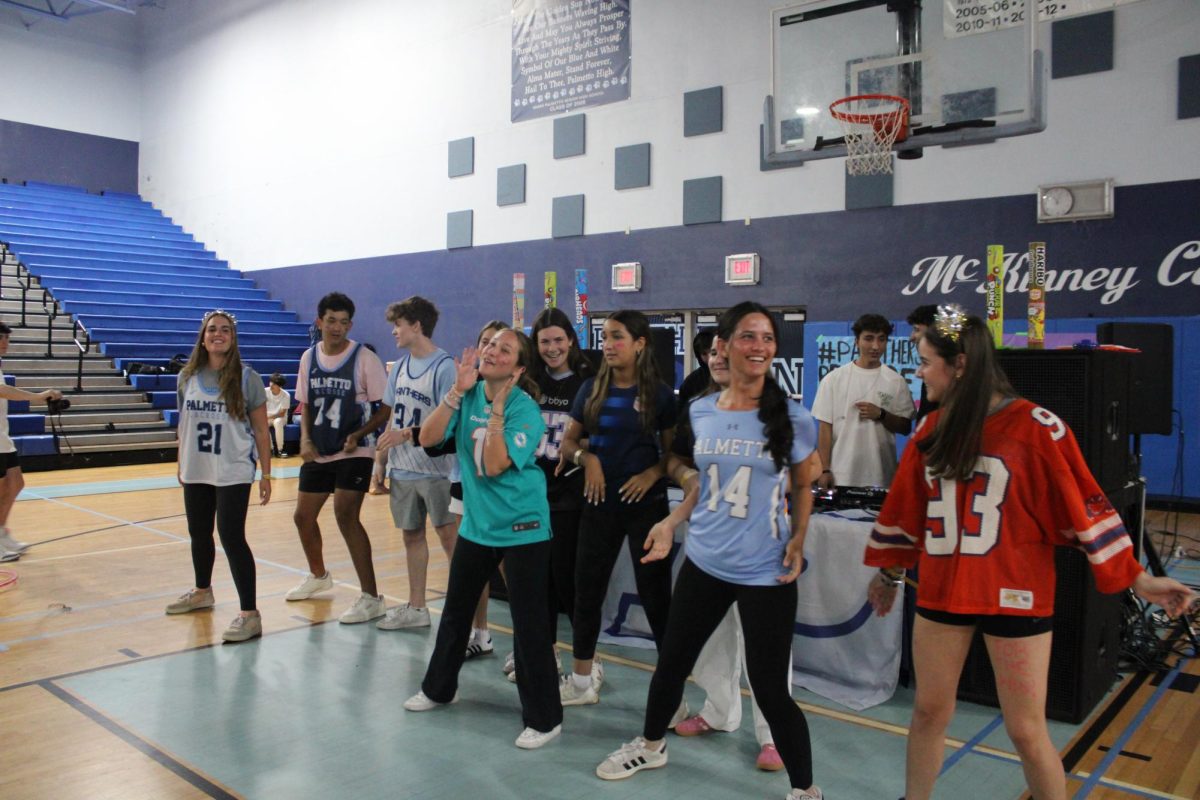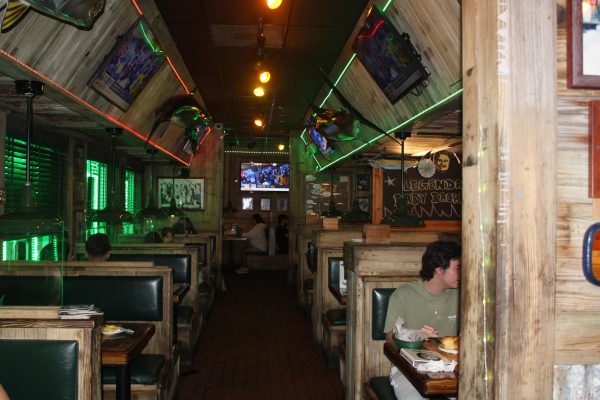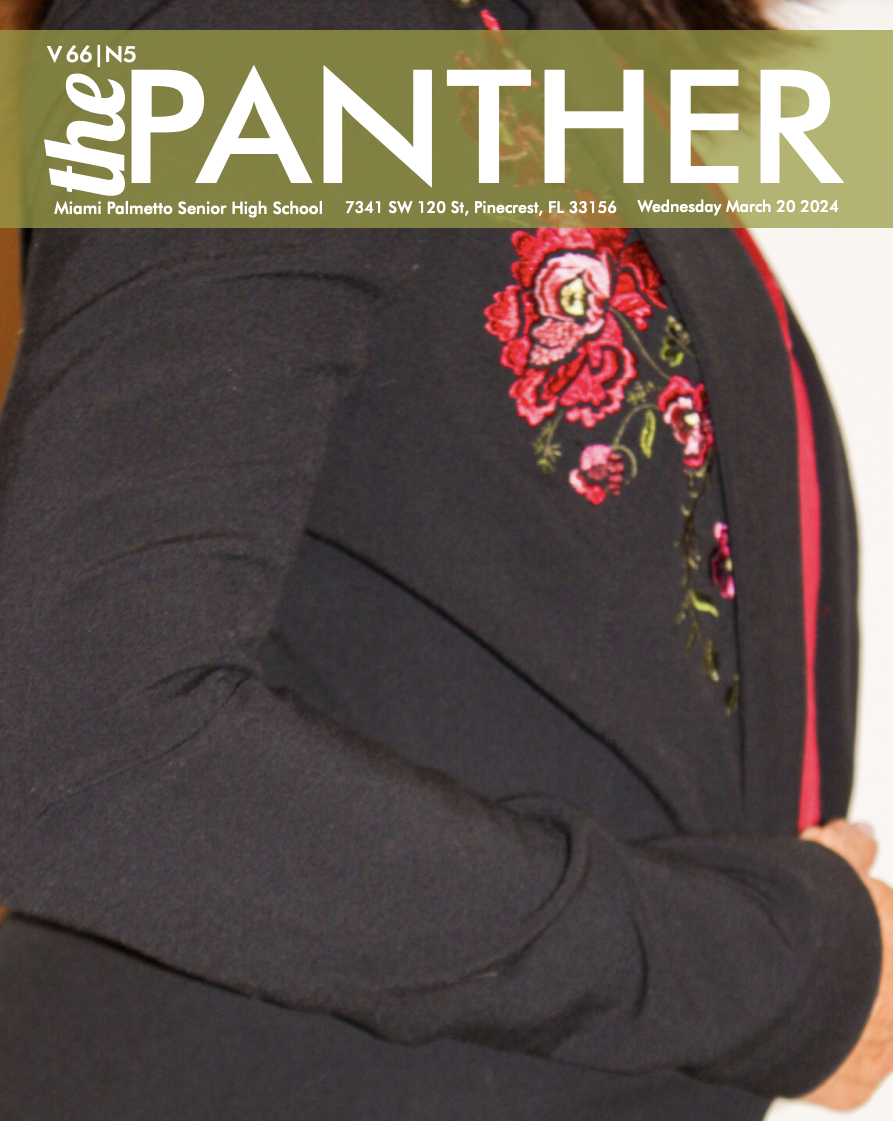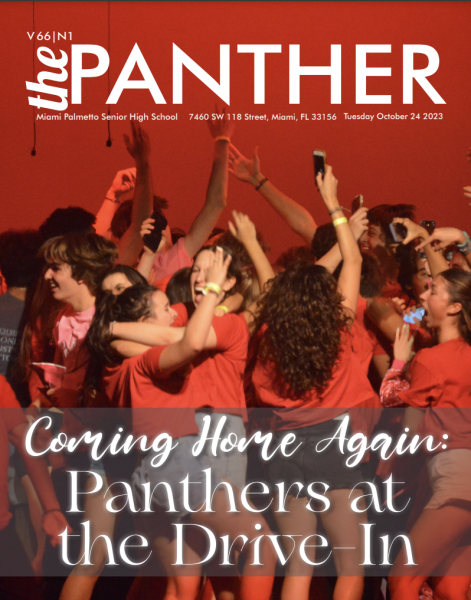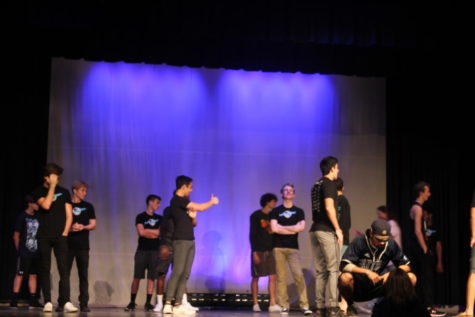Palmetto’s New Babies
April 25, 2017
In late 2016, Early Childhood and Development teacher Michelle Uhle received a shipment of babies—robotic babies. The 11 dolls came with different difficulty levels for each of Mrs. Uhle’s classes based on the intensity of the specific class. For three years now, Uhle has negotiated with Miami-Dade County Public Schools for the money to purchase the babies and finally, she got the call saying the babies were hers.
The new seven and a half pound members of Palmetto’s Early Childhood class represent a greater and more complex responsibility than regular dolls because they portray a real baby. As the babies made their way to their new home, Uhle assigned her students a year-long project. Their grades will reflect their care towards the new robotic babies. The life-like babies are simulators that mirror the same responsibilities real babies need, such as changing, feeding, cleaning and loving and the same characteristics real babies possess, such as screaming, hunger and attention.
“This teaches them all about the child development and a hands-on experience to show them how much work babies are,” Uhle said.
Not only do Uhle’s students need to take care of the babies at school, but they must take the babies wherever they go, even outside of the classroom and into their personal lives. This means that if a student wants to go out that Friday night to a party, their baby needs to be with them at all times.
“I’m really concerned [about] not picking up the baby correctly,” junior Crisdely Lopez said. “Also, it’s going to be a problem for me waking up in the middle of the night and having to take care of the baby.”
The robotic babies’ life-like characteristics show the responsibility that comes with new parenthood and adds it to the already-present struggle of balancing being a teenager with school life.
The six girls and five boys that Palmetto fortunately was able to receive all have different levels for Mrs. Uhle’s different classes. Level one students get the babies for three nights, while level two students get their babies for a whole week including weekends. Simultaneously, the babies have different modes, including daycare mode–to prevent disruption of classes and lunch–and all babies hold sensors in their diaper bags, car seats and clothing. The levels are just reflections of how much care the babies need.
While these individual babies come very equipped for the students, they also give the students a hard reality that millions of teenagers go through.
“It’s stressful and it’s a lot of work. It’s a hard life,” senior Christian Rojas said. “I kind of want to put it up for adoption but I’m kind of excited to take the baby home.”
All in all, the babies that Uhle fought for will continue to be a large percentage of her student’s grades for years to come. Although the babies come with great responsibility for the students, Uhle believes there is a greater understanding and knowledge for taking care of babies, especially at a younger age.



